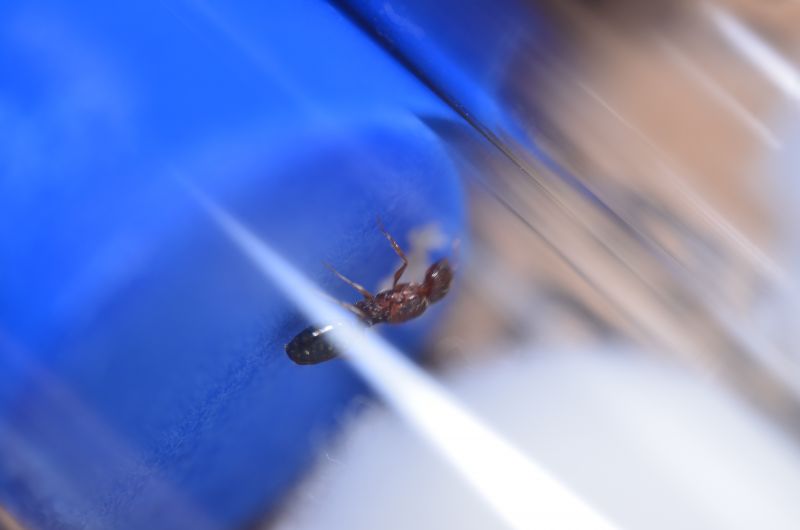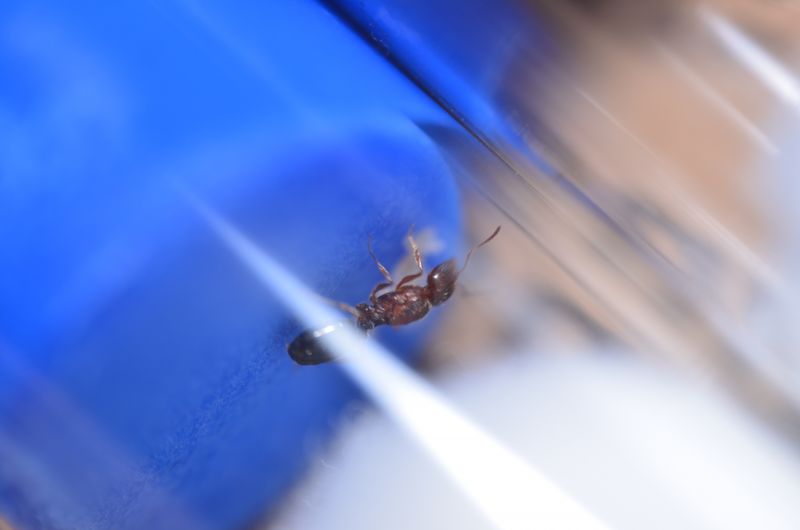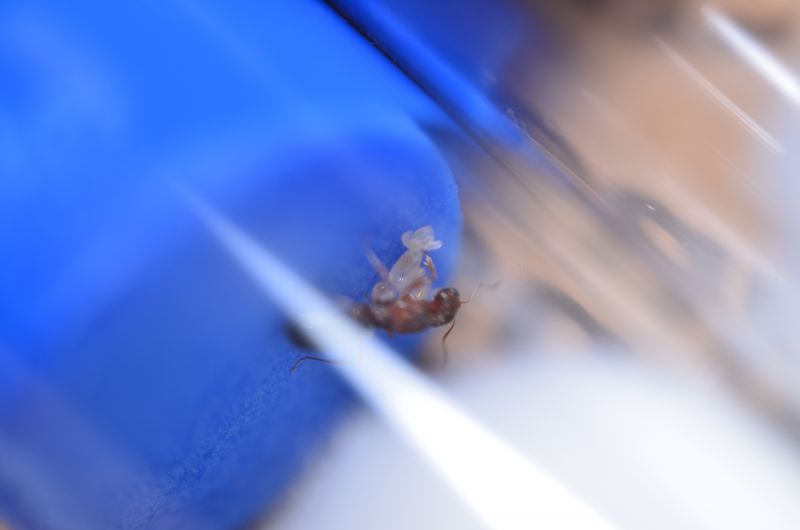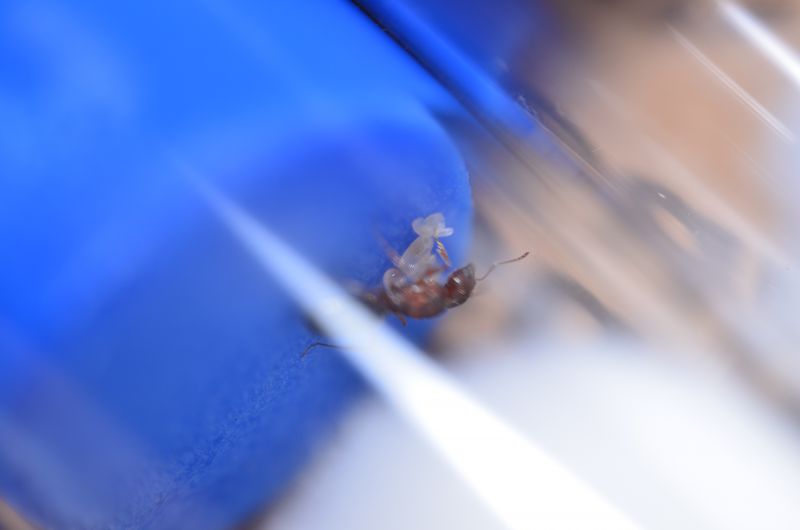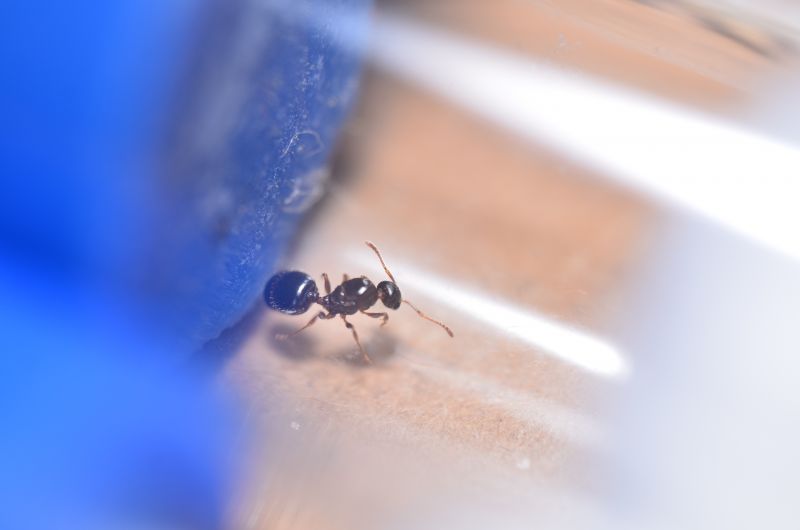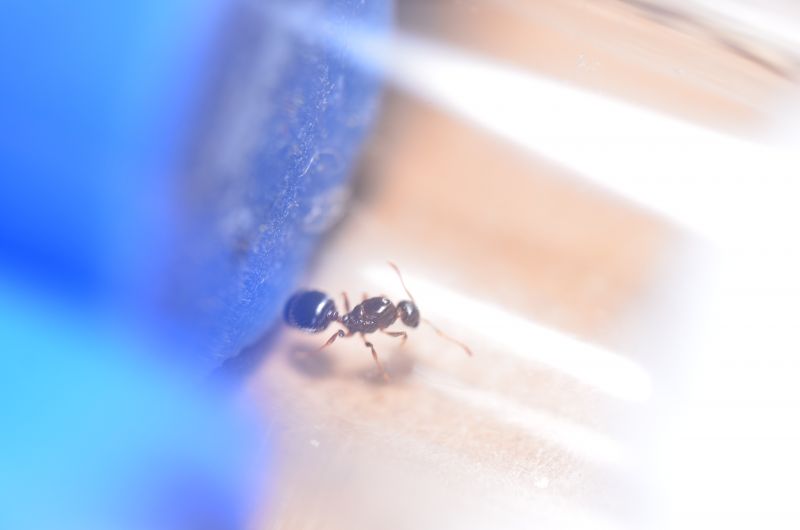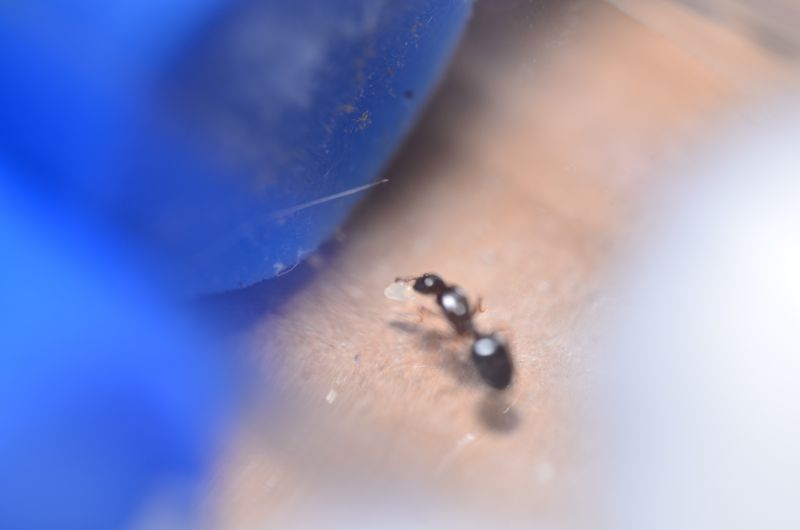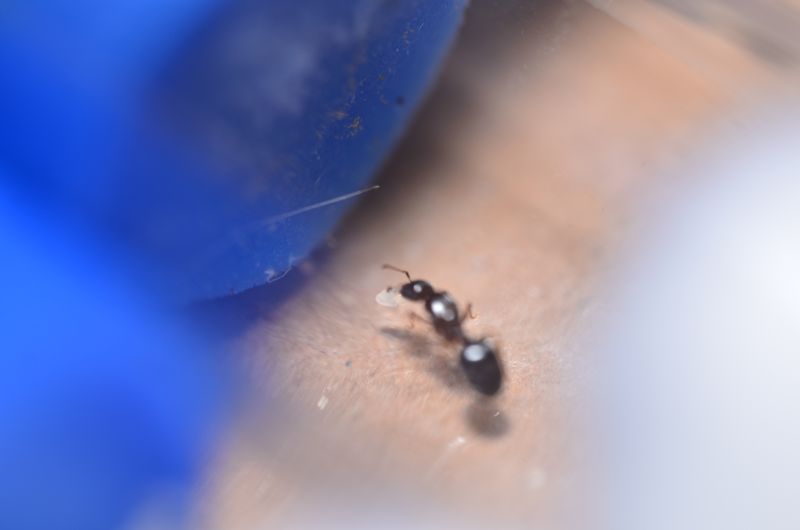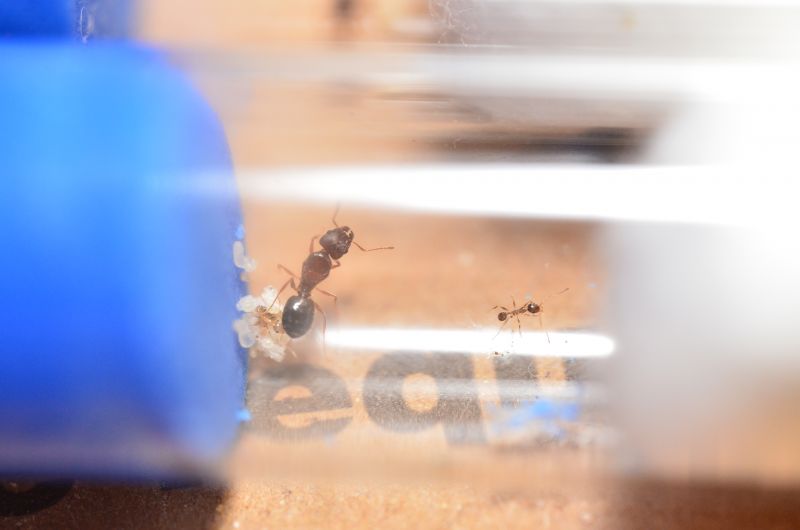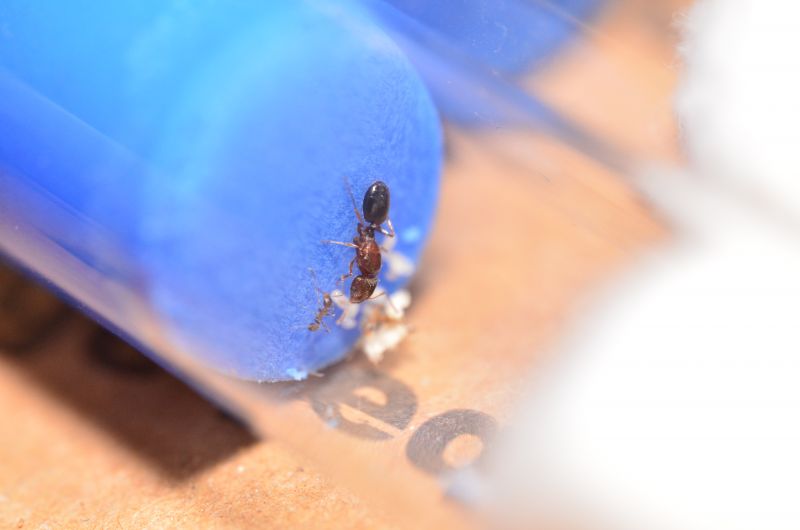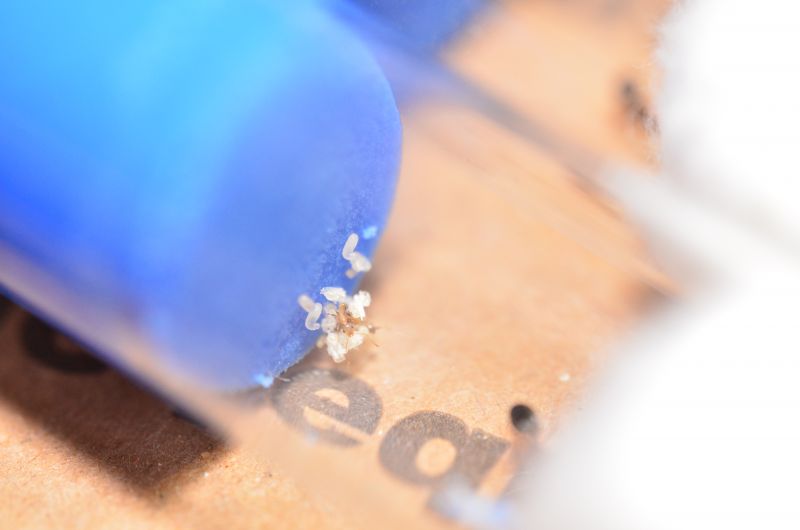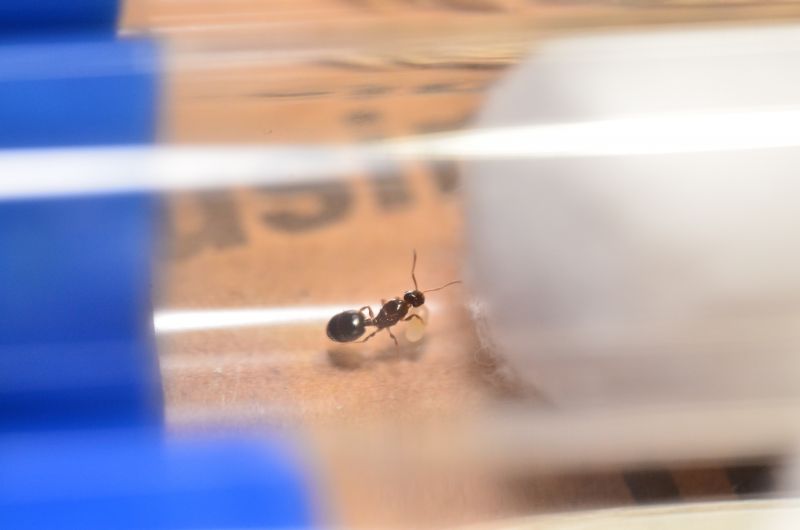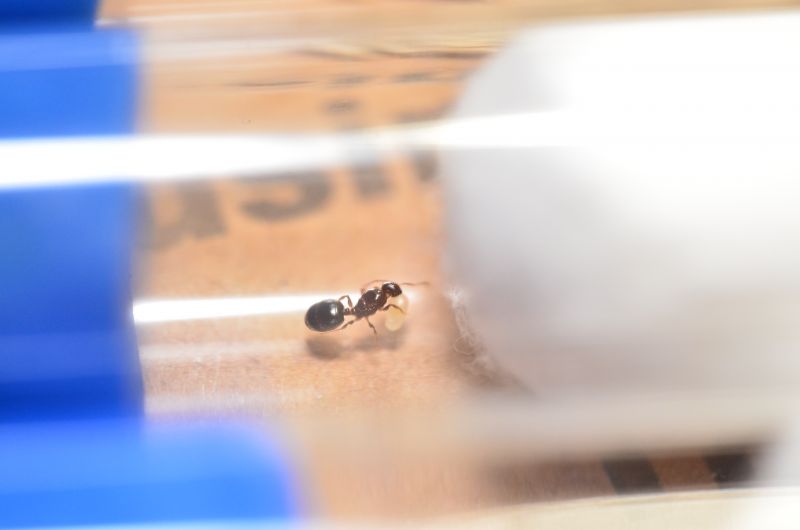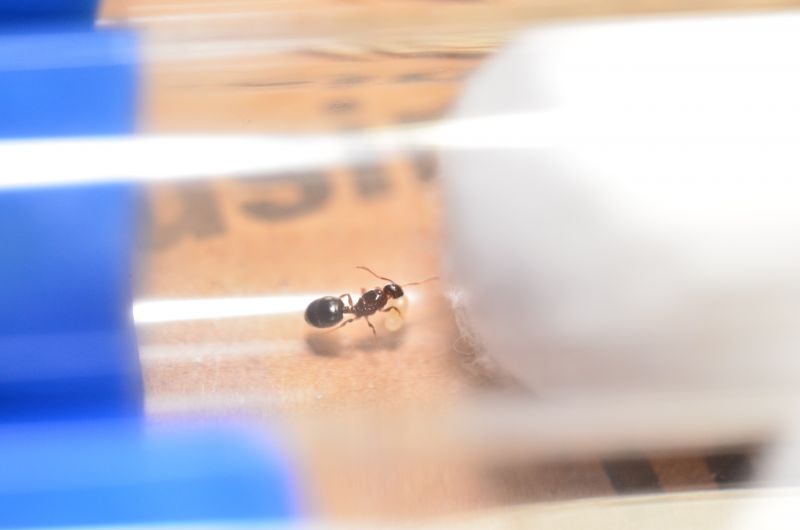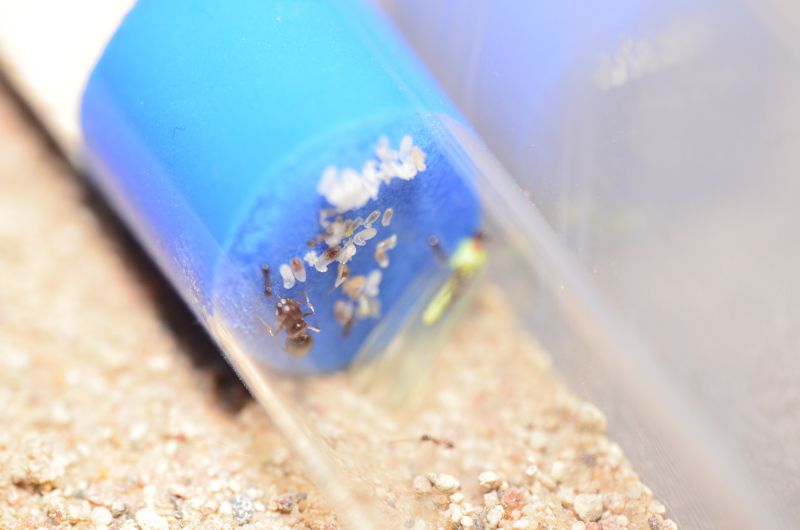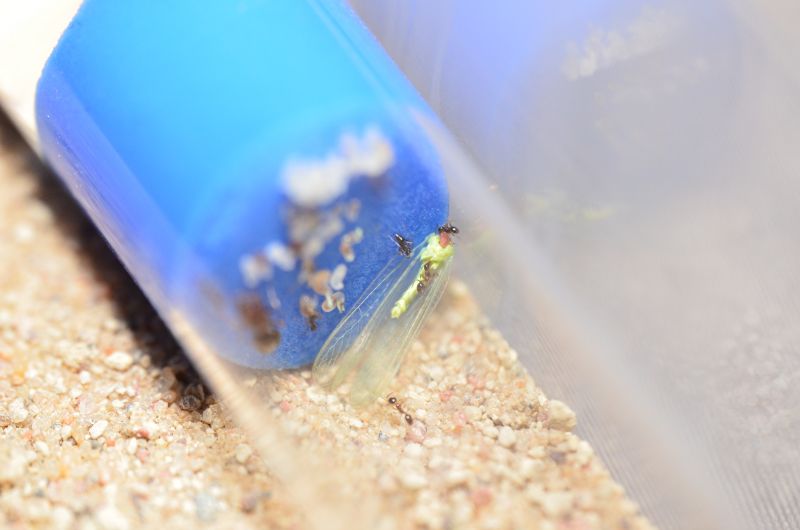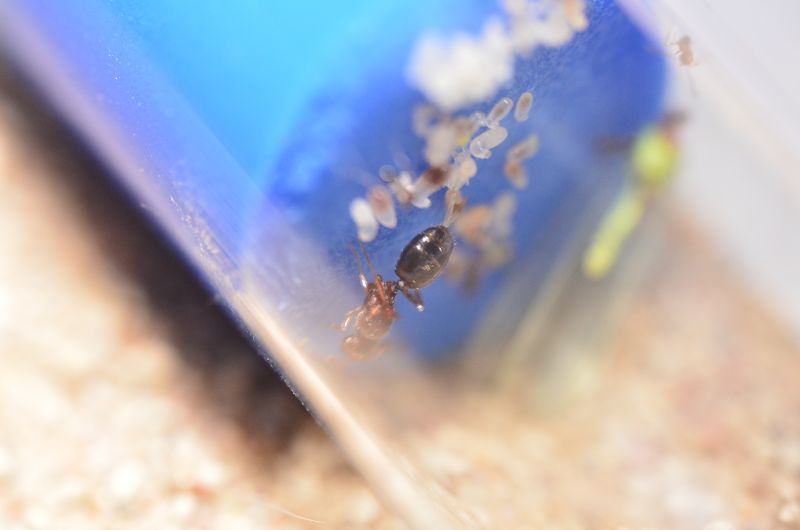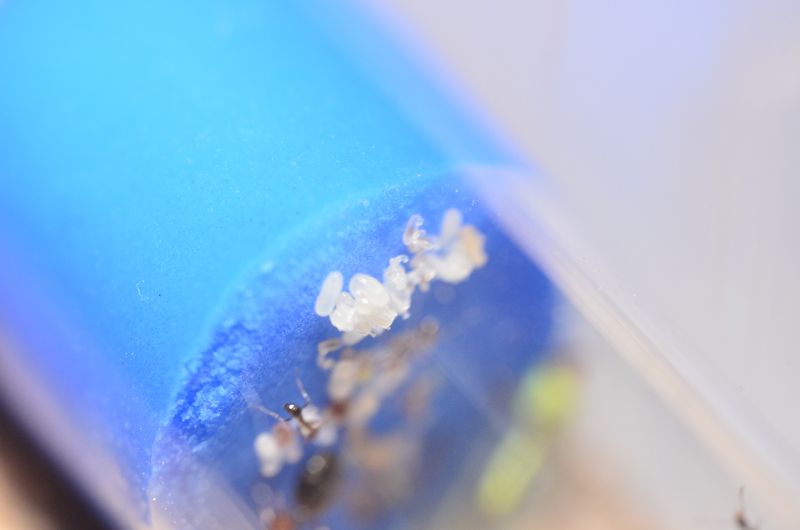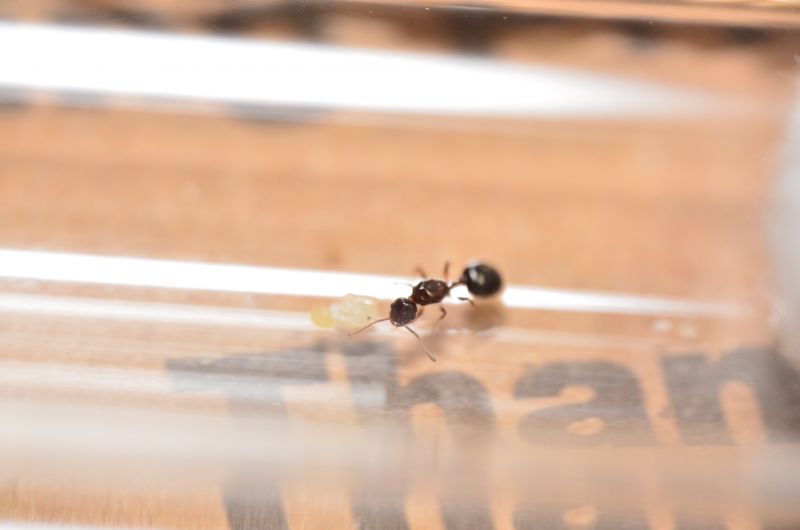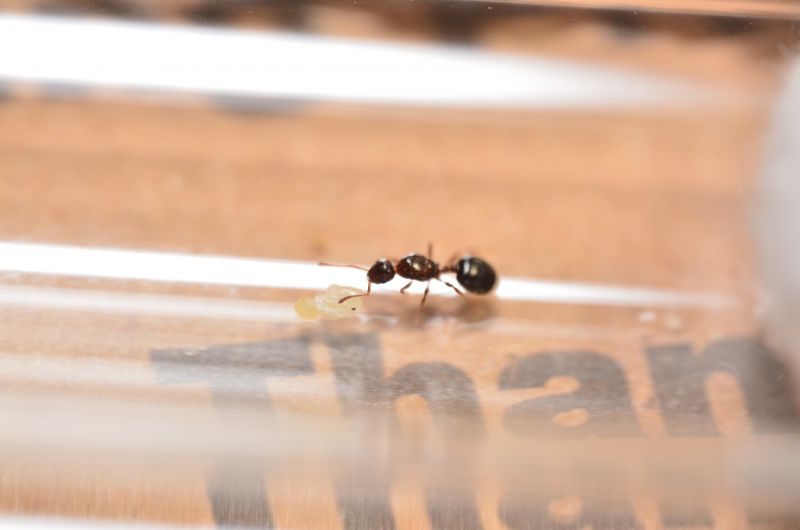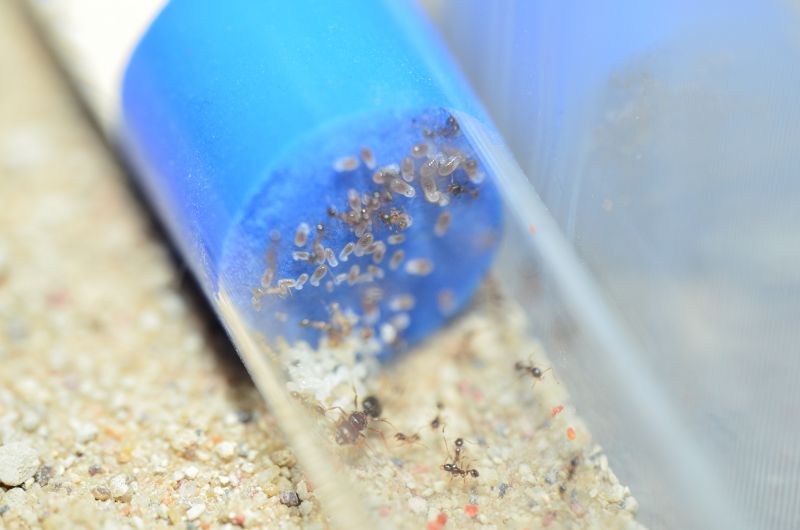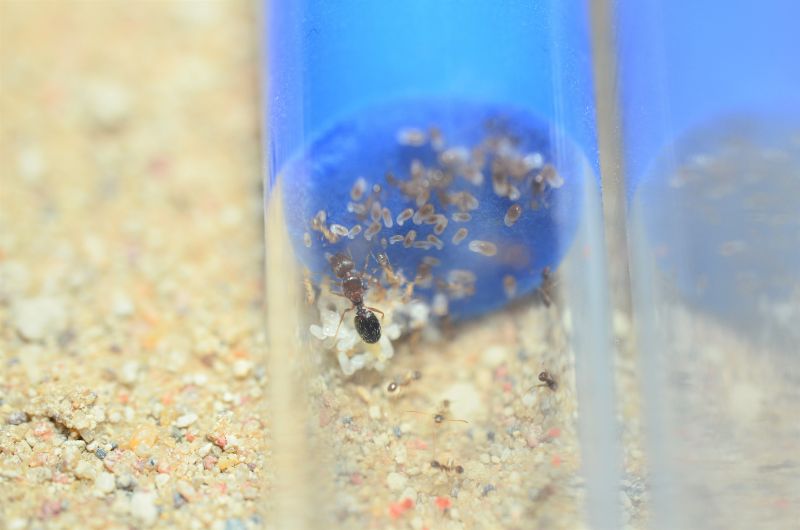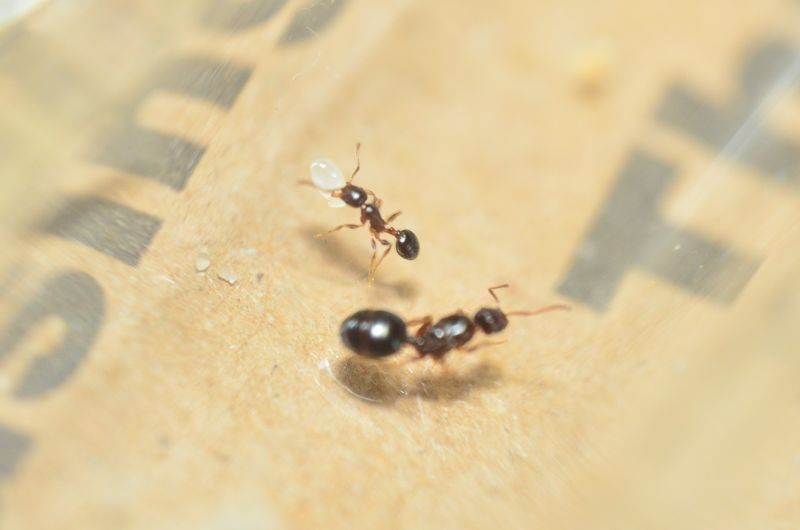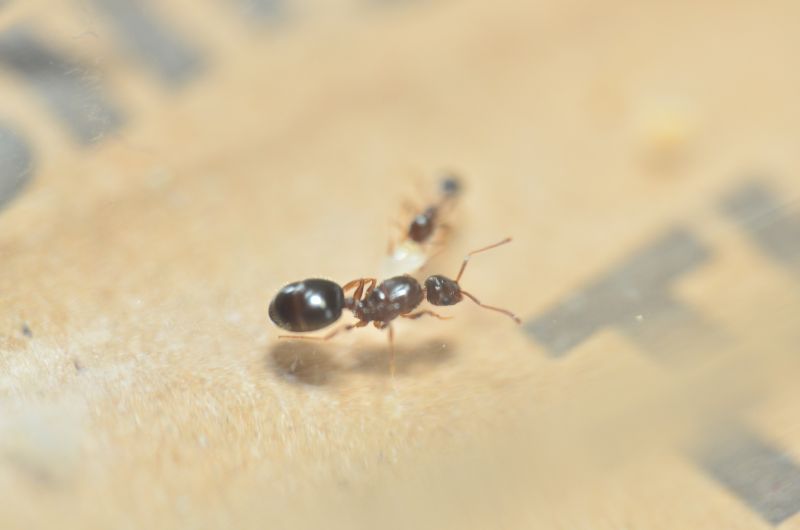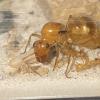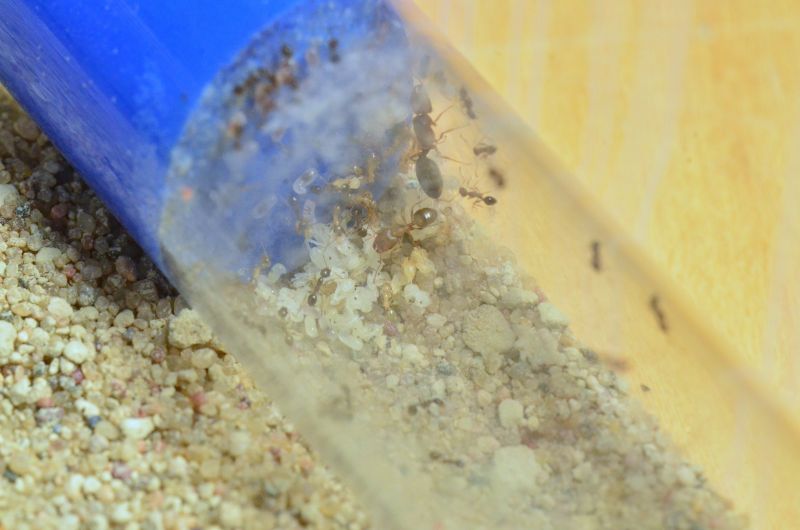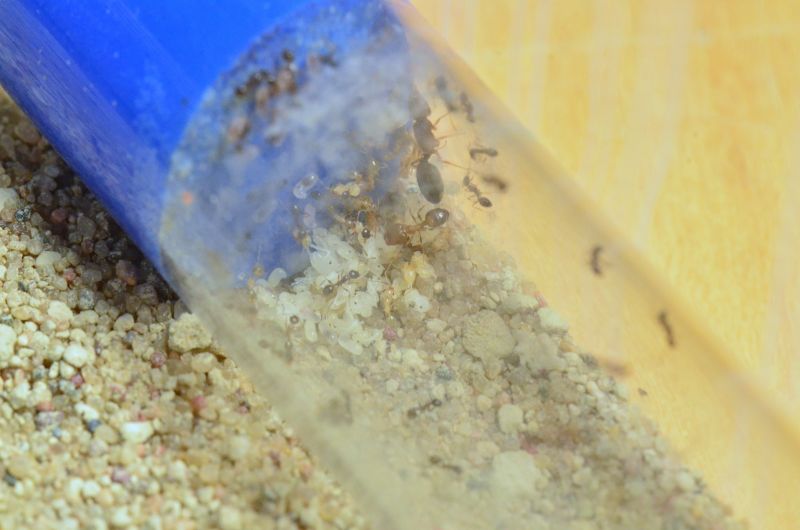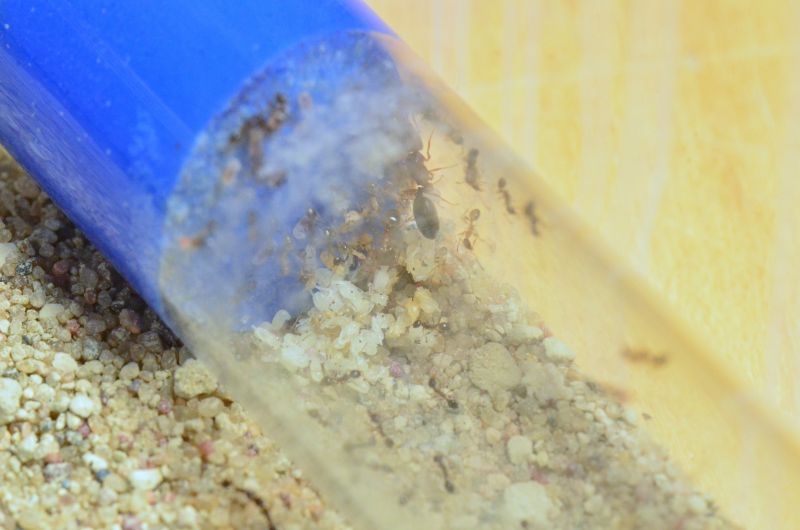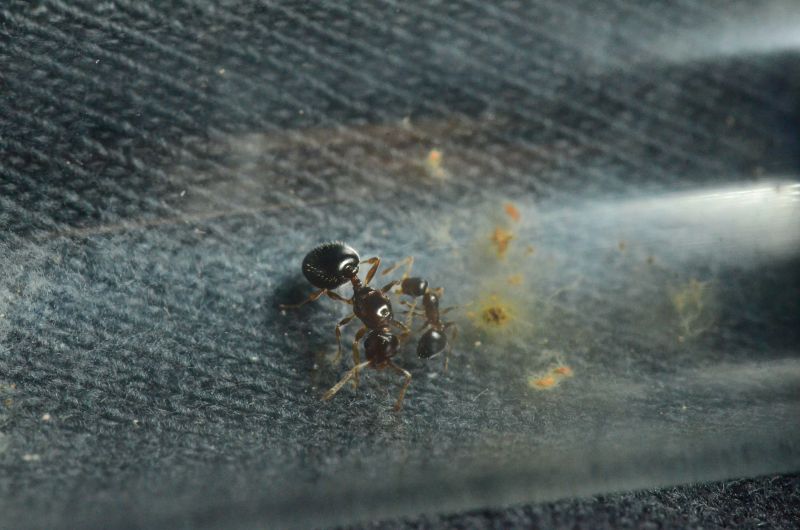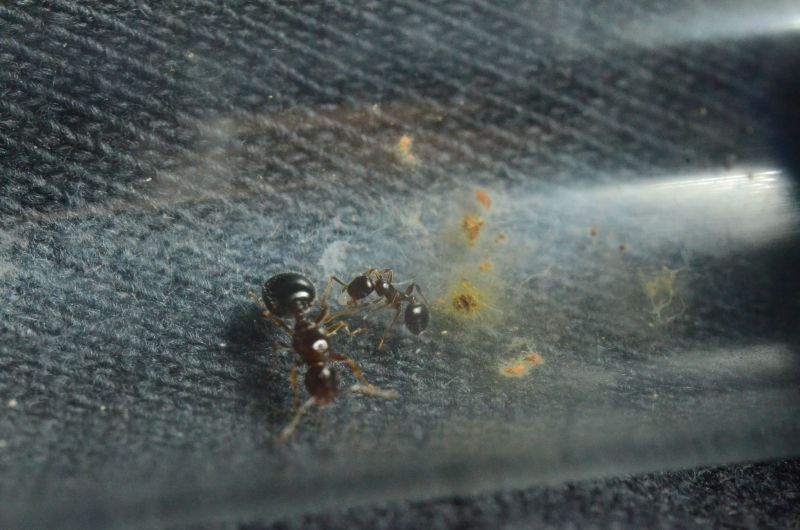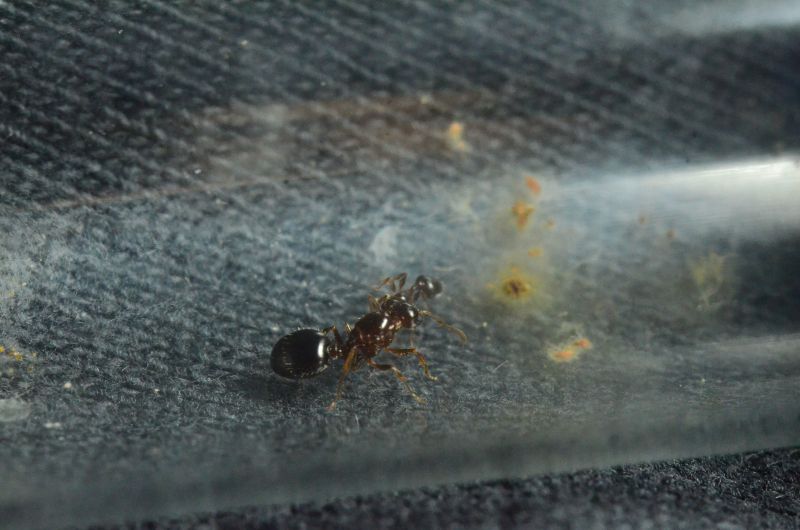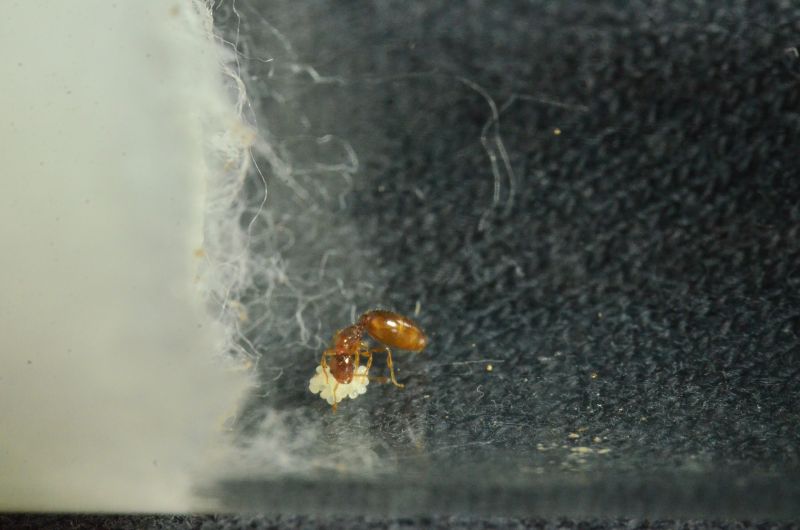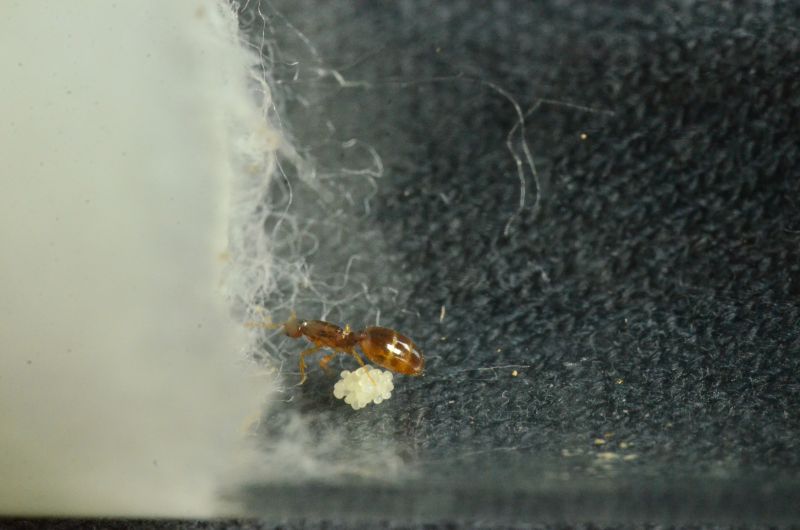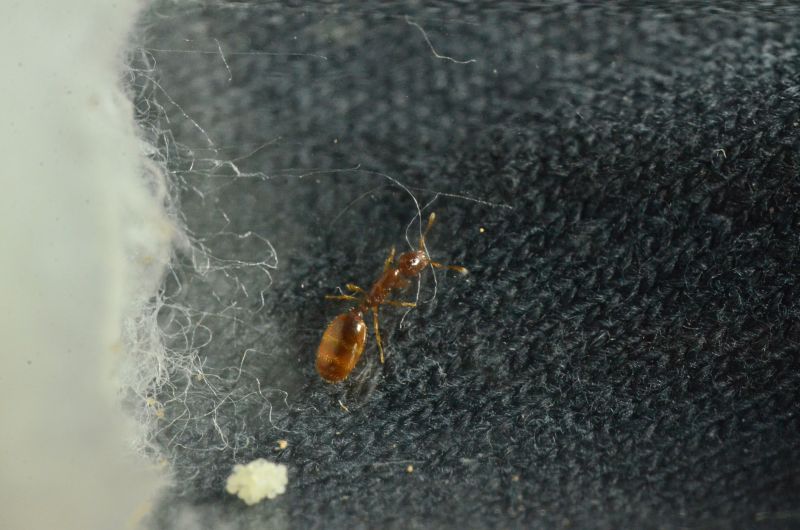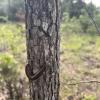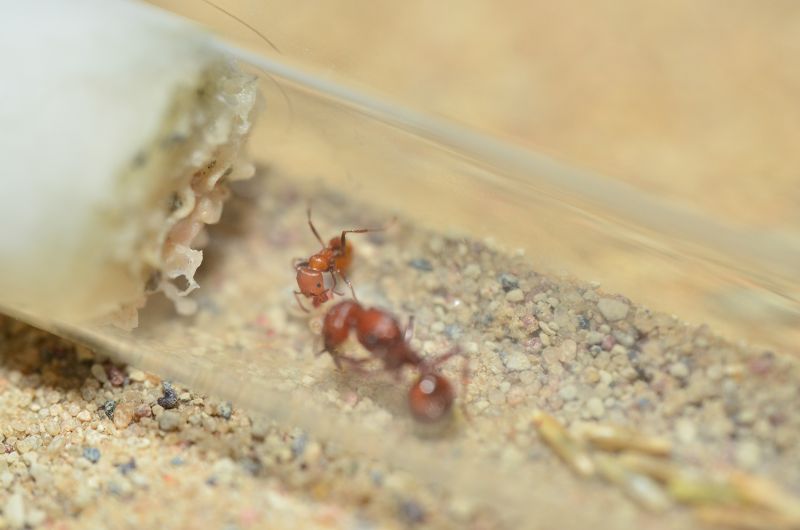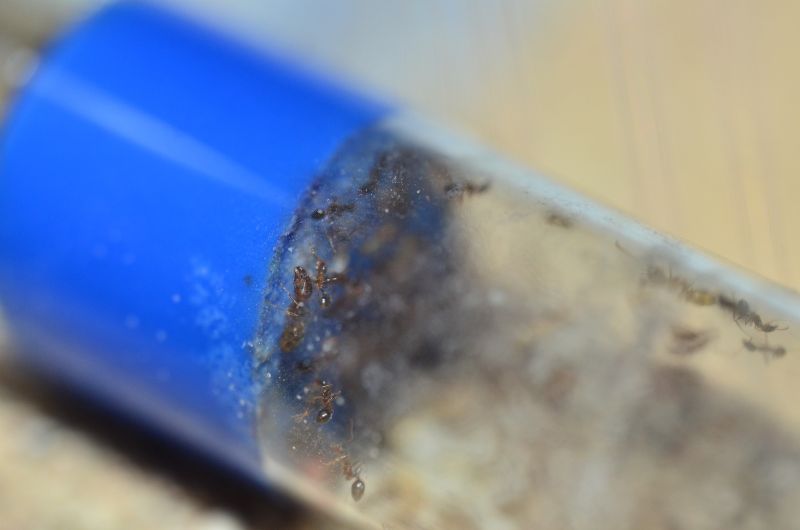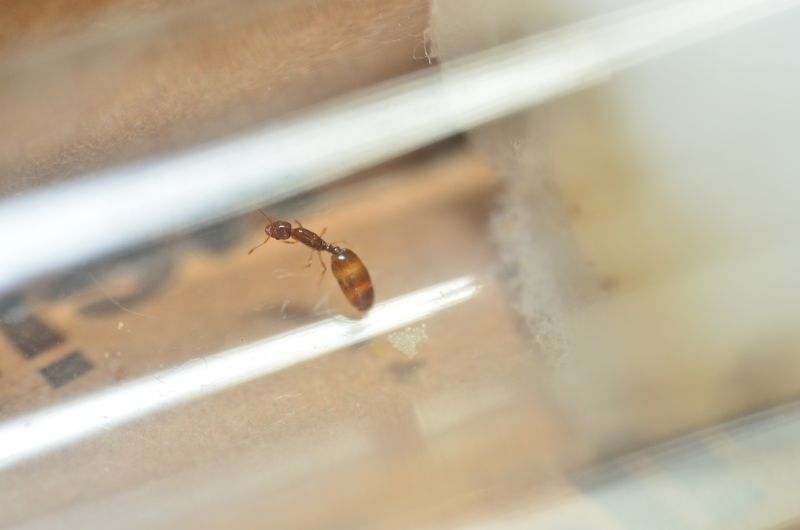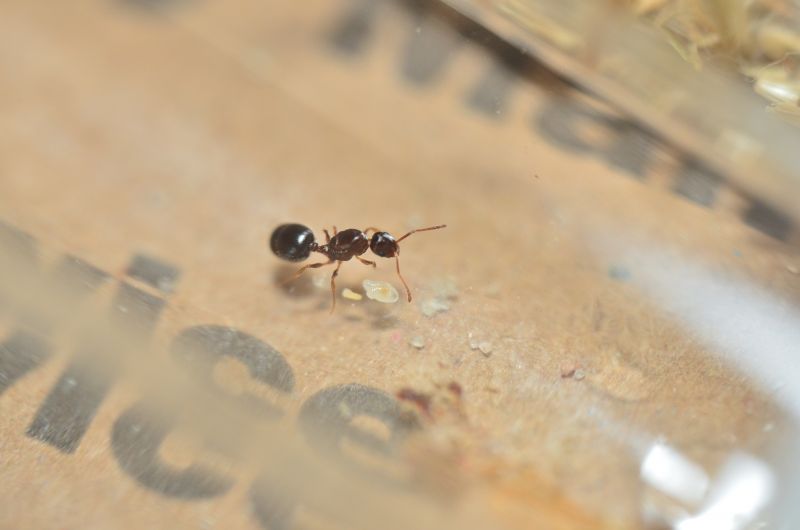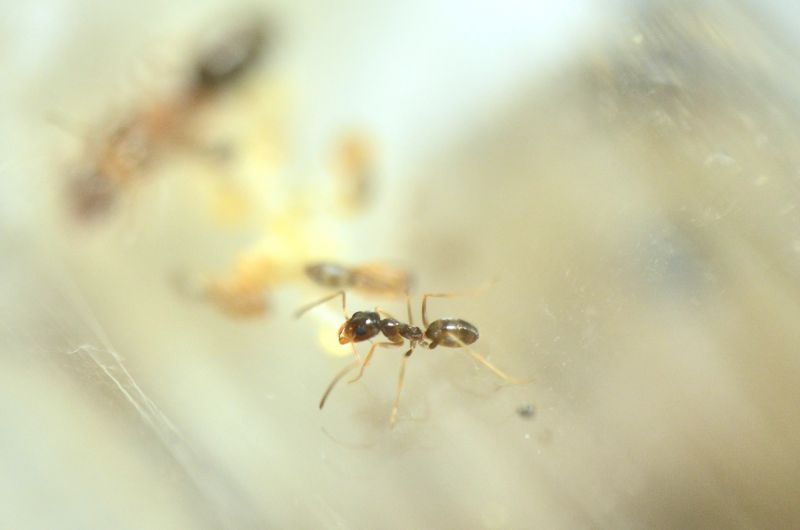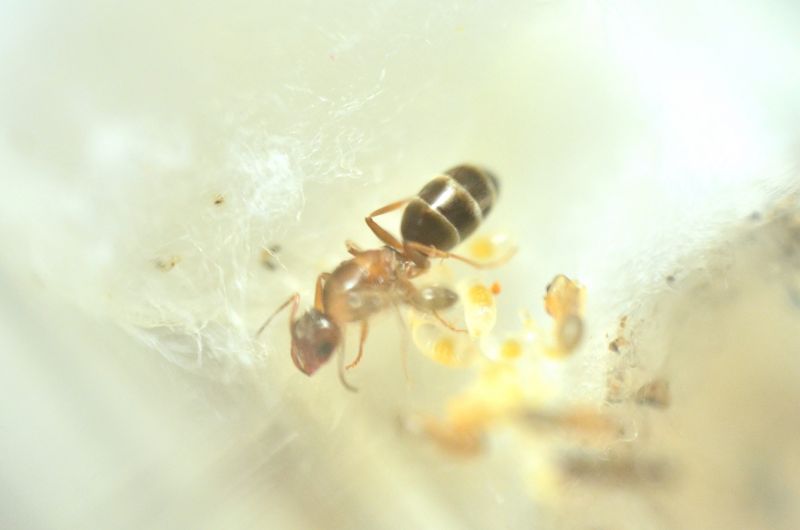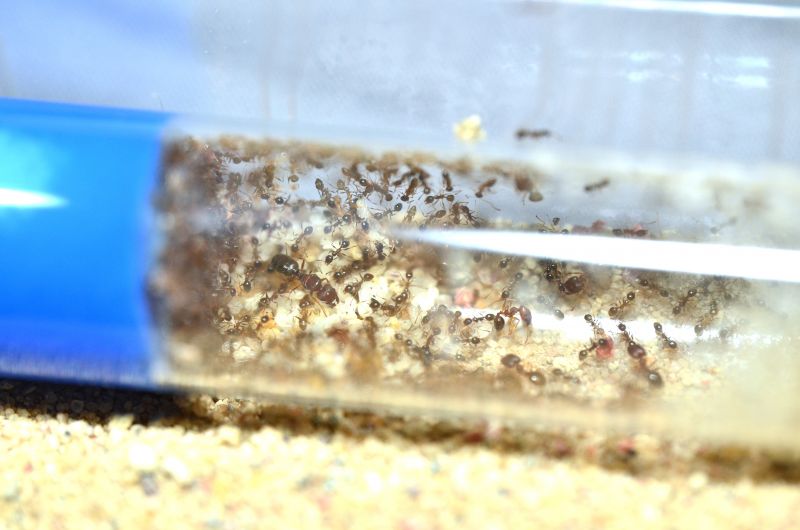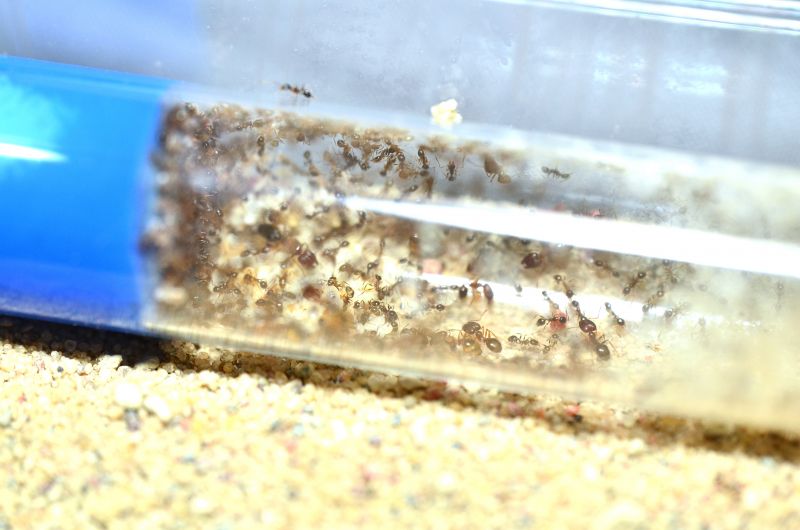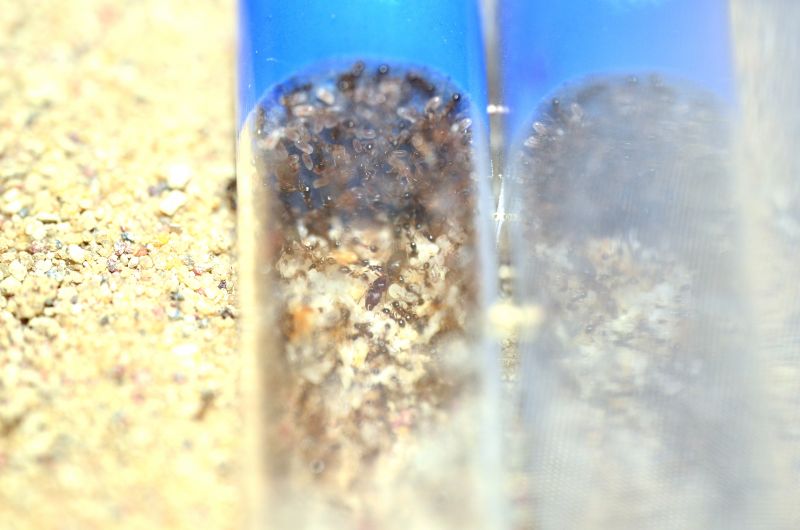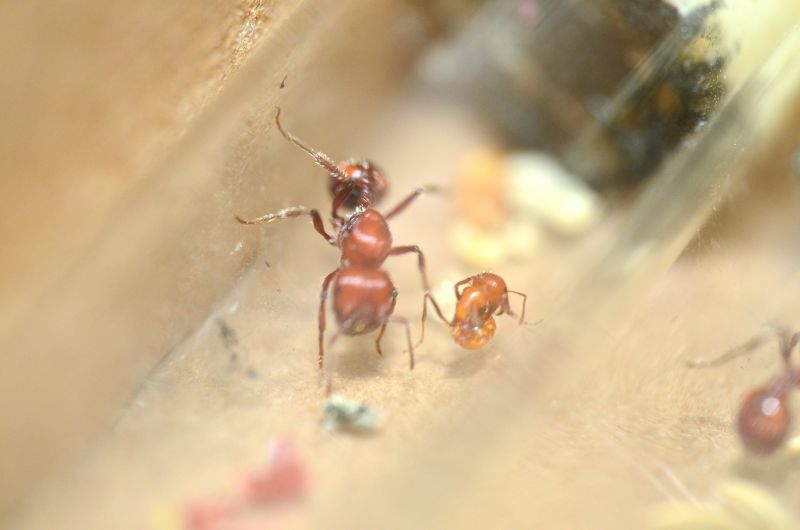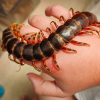ReignofRage's Rare & Oddball Species Journal
Here you will find oddball and rare species that I keep. I will add species as I find them.
Current Species
Pheidole clydei (first ever captive colony, 2nd to 4th queen collected in entomology)
Pheidole psammophila (first captive colonies)
Pogonomyrmex tenuispinus
Past Species
Aphaenogaster megommata (microgyne/sp. complex)
Dorymyrmex sp. (undescribed)
Solenopsis molesta-group sp.
Temnothorax sp.
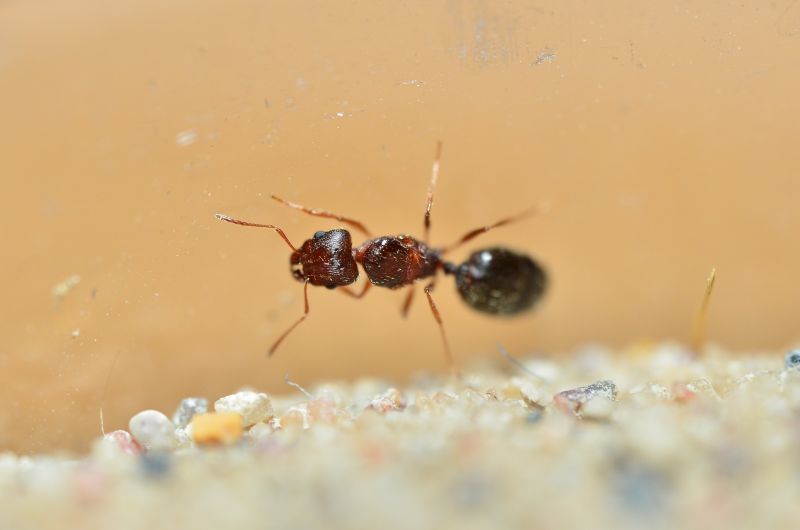
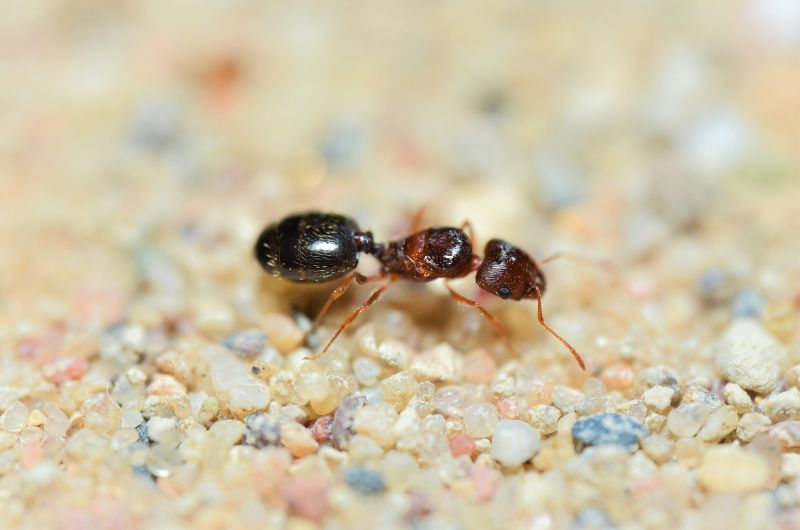
Pheidole clydei. I found this queen while doing a three-day long survey of the species. I happened to arrive to the location the day following a flight and was lucky to find that this queen was still out wondering around. Out of the multiple rock piles that I surveyed, this was the only queen I found. The difficulty finding queens comes from the species nesting within the cracks in massive rocks. I suspect that the resident Pheidole vistana had evicted her from her chamber or stressed her enough for her to move. Currently she has a neat little pile of eggs and is being reared in a standard test tube setup. The queen is very compressed dorsally; her gaster is notably compressed and so is her mesosoma. Her head also is relatively thin and very wide with a distinct triangular shape. The most distinct morphological feature of this species is the presence of four antennal club segments. It will be interesting to see how large colonies get and what the minor/major ratio is. From surveying, I can only guess that 1k - 3k is probably the max size they get and that they have a very low ratio of majors to minors.
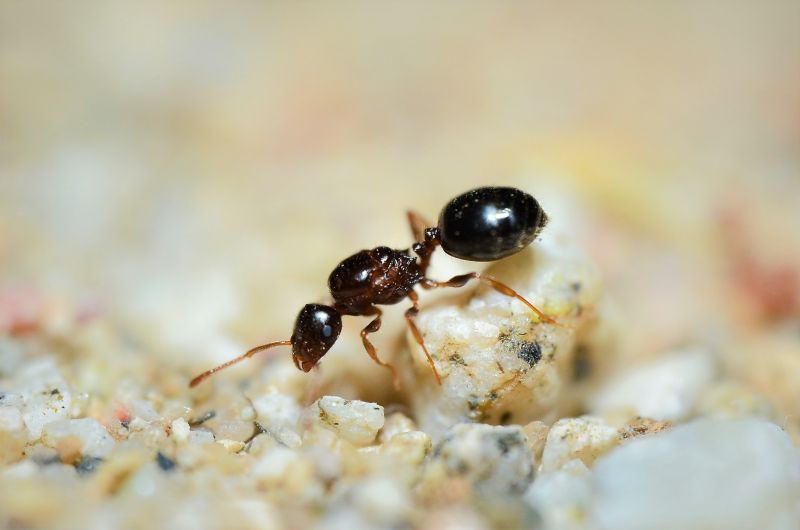
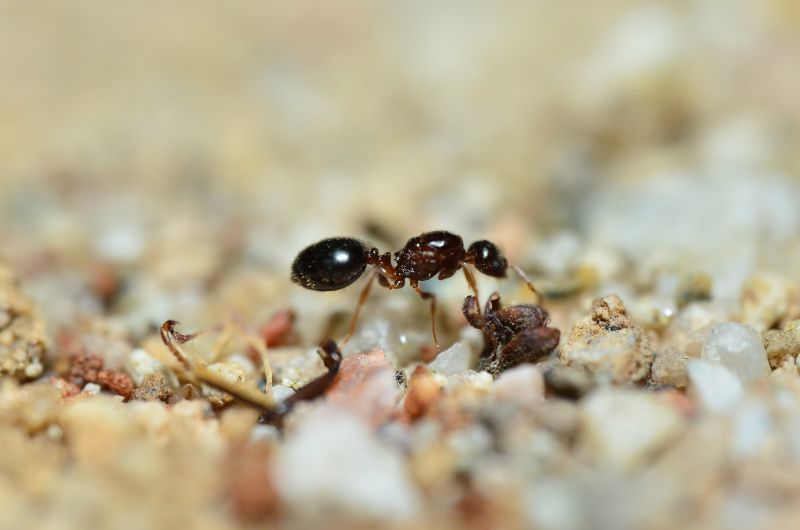
Temnothorax sp. This queen was found roaming on the ground in a chaparral area. She is around 5 - 5.5mm in length. It's a bit difficult to have strong conviction on a species identification due to the species' gyne caste being unknown - this appears to be the first time a caste other than workers has been collected. However, in comparison to the other likely options, T. myrmiciformis is the best fit. Currently she has a single egg that is larger than I expected, but her gaster is fairly large, so it somewhat makes sense. T. myrmiciformis is the largest Western Temnothorax, so that could explain it a bit as well. Practically nothing is known about the biology of this species, so having one in captivity will be a nice learning experience. She is being reared in a standard test tube setup as well. It was difficult getting any focused pictures, since she was very spastic and didn't want to hold still.
Edited by ReignofRage, September 1 2024 - 9:56 PM.





